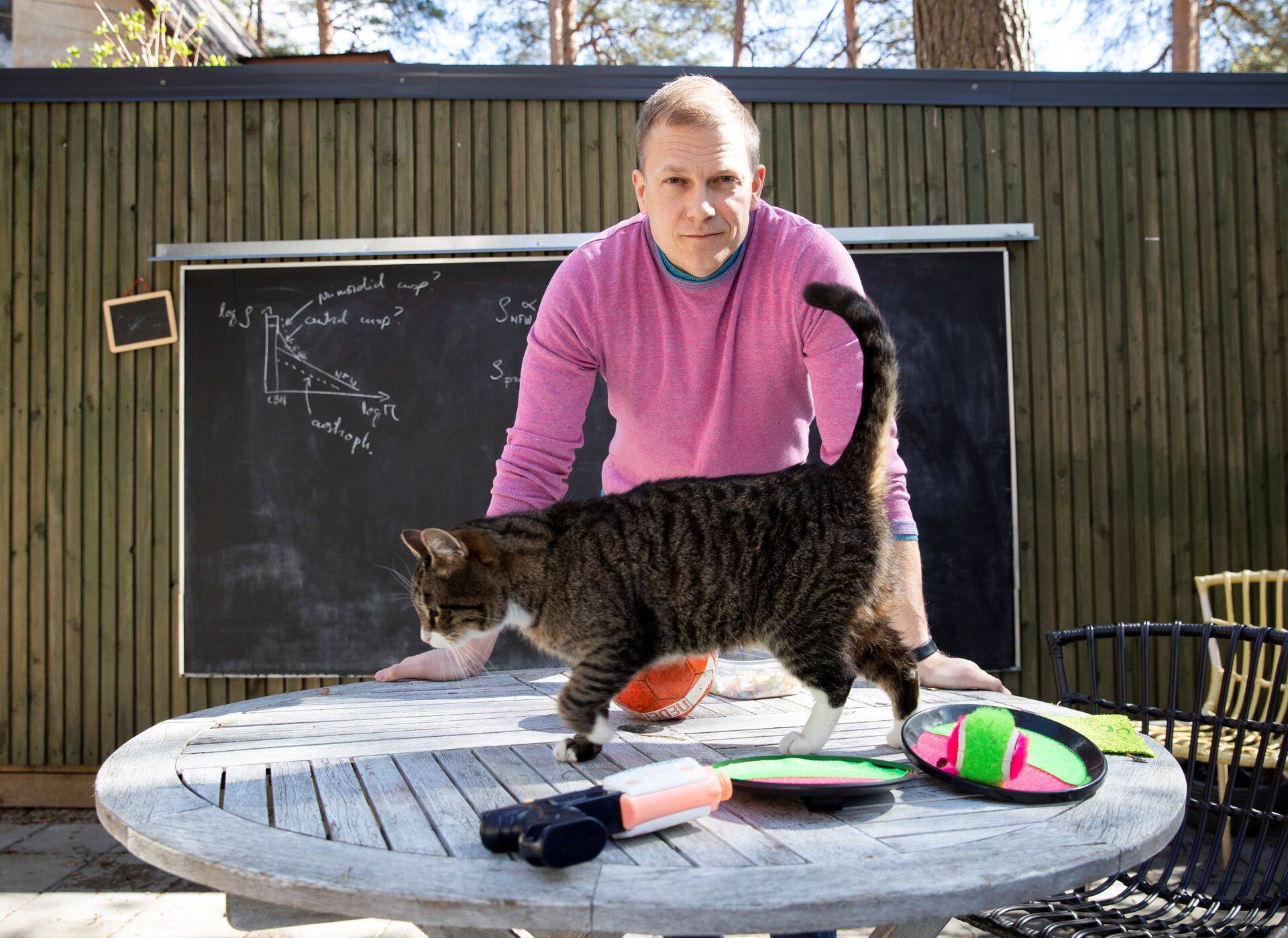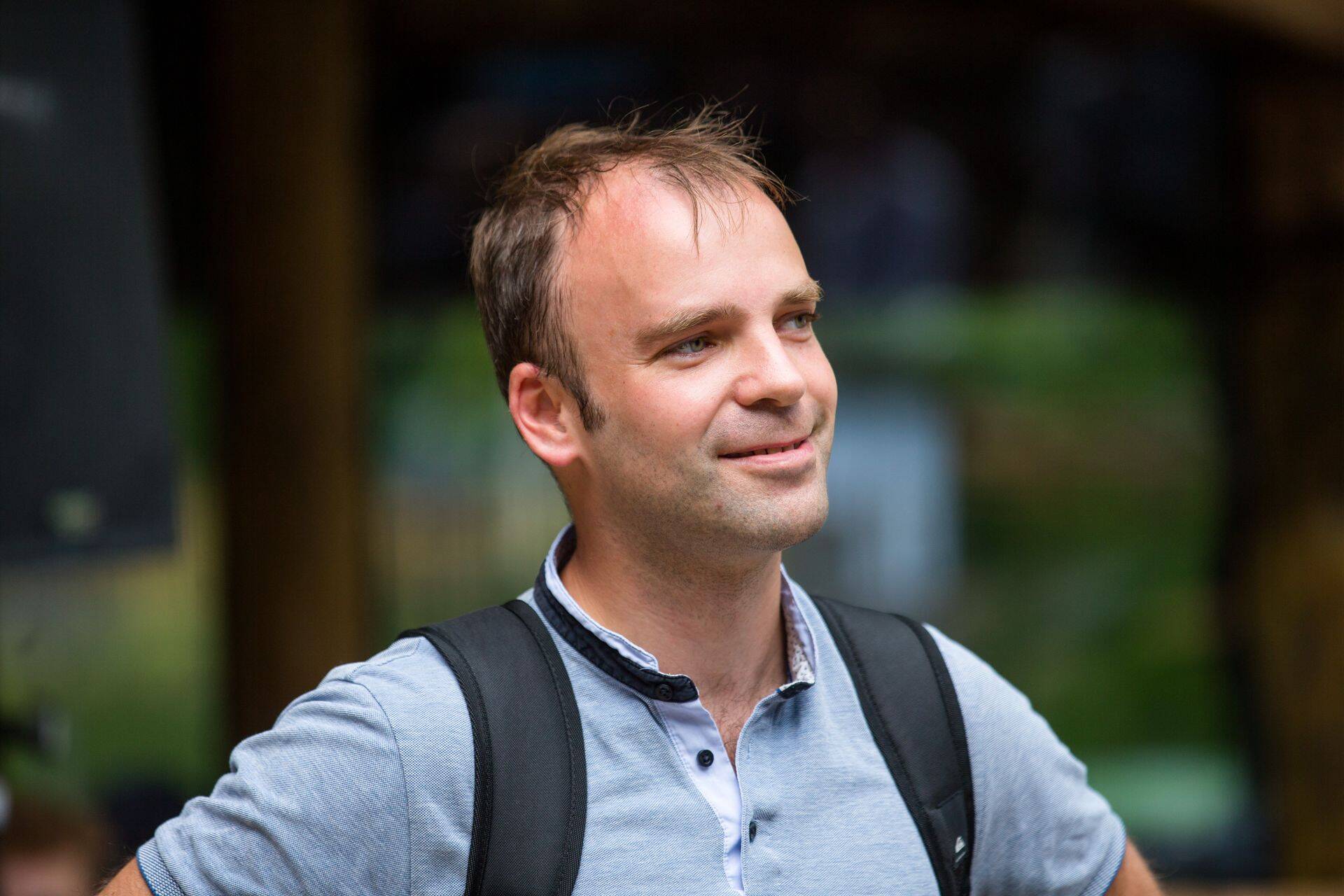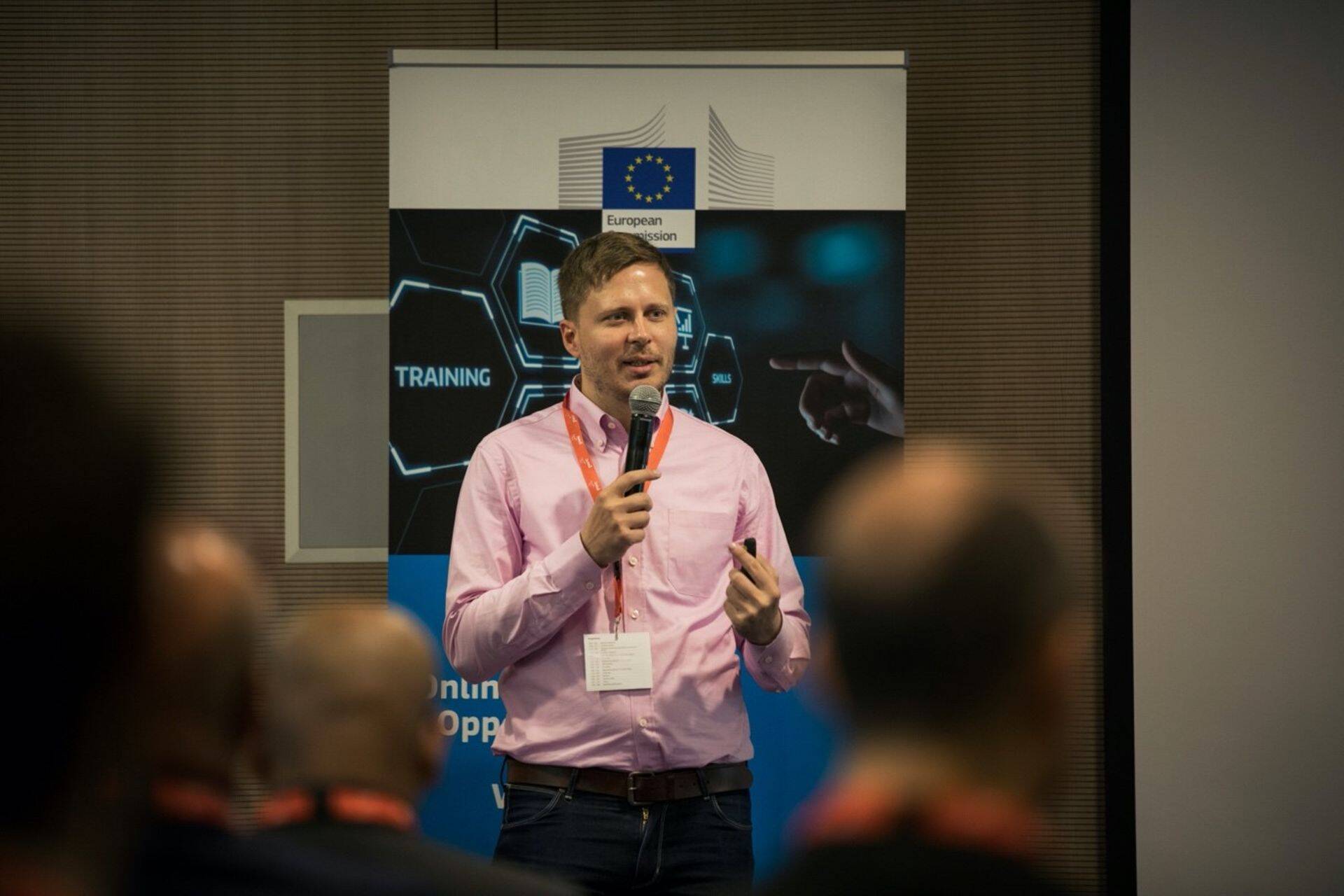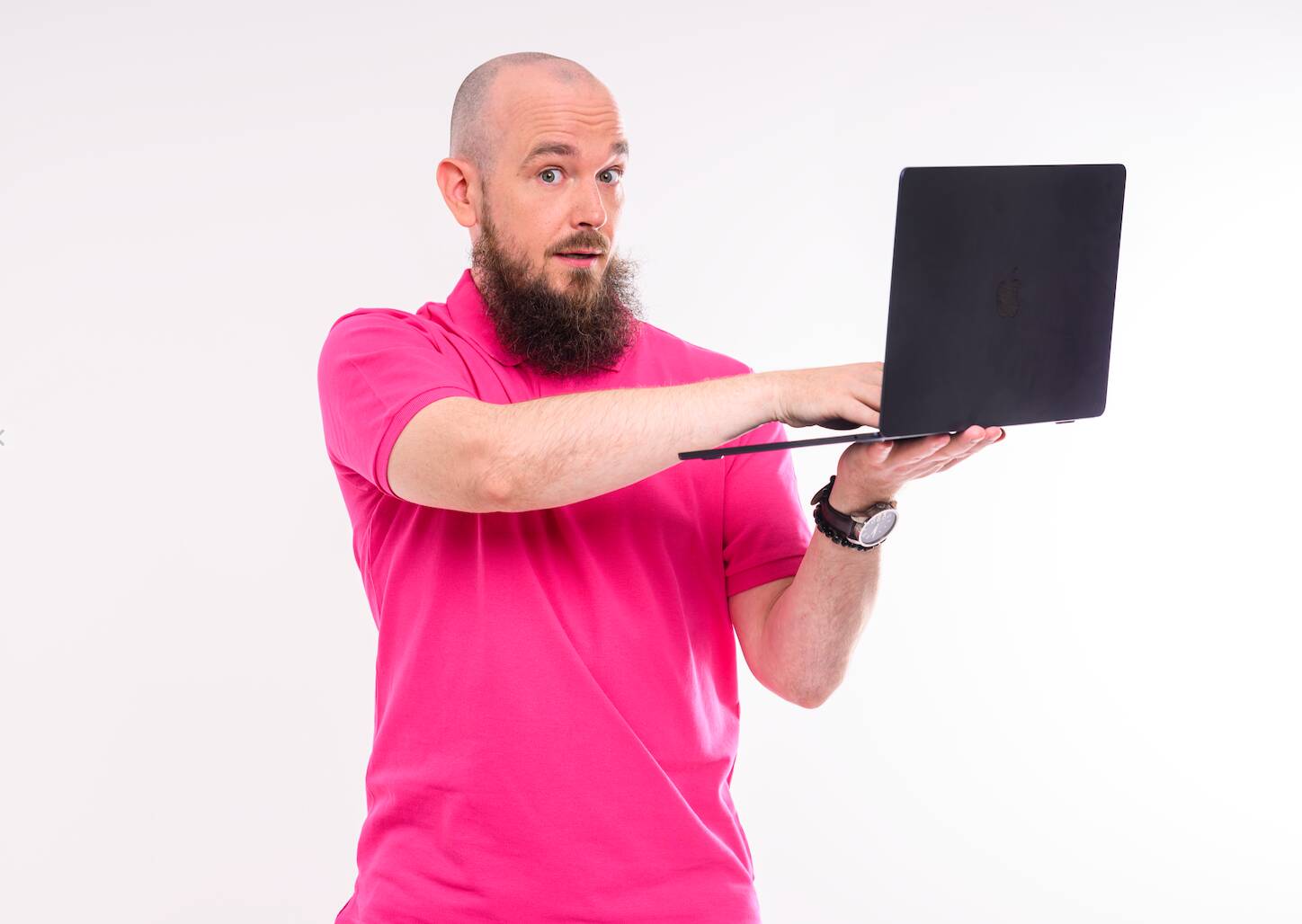Tähelepanu! Artikkel on enam kui 5 aastat vana ning kuulub väljaande digitaalsesse arhiivi. Väljaanne ei uuenda ega kaasajasta arhiveeritud sisu, mistõttu võib olla vajalik kaasaegsete allikatega tutvumine
Andi Hektor: Nothing Ventured, Nothing Gained
For Estonia to become the flagship of innovation, risk investment must be encouraged - the public sector can leverage private capital, writes Andi Hektor, a physicist and entrepreneur, in an essay to Äripäev.
This is a shorter version of the original essay, published in Estonian in Äripäev.
We tend to forget that we are already considered to be the forerunners of innovation on certain topics: e-government, digital signature, etc. The prerequisite for technological innovation is good life-long education. Recalling the results of the PISA tests and the good positions of our universities in international rankings, it’s fair to say that we can be satified with our education system. Certainly, the average person's belief in the beneficial effects of innovation, science and universities is an important factor of success. There is no reason to complain there either, as we show similarities with the world 's top innovators – the Nordic countries.
Our average scientist is just as capable as any scientist in Finland. The analytical capacity of the public sector and the cooperation with scientists have also gradually increased. Our startup industry is booming, we are in the top of the world per capita.
Over the last three years (2017-2019), more than € 900 million have been invested in our startups, 95% of which was foreign funding. This clearly shows foreign investors’ great confidence in our ability to innovate!
Making excuses for being too small
What about our concerns though? Our average business has a weak level of innovation. The volume of research and development output in our private sector is about 0.6% of our GDP, compared to 2% in Finland. One reason is the small size of our businesses. Technological innovation is effective in companies where at least one person can fully commit to it (and is taken seriously within the company). This person has a key role to play in research and development so that the results of the work done do not get stuck on a bookshelf.
Hetkel kuum
There are two solutions to alleviate being too small to innovate: consolidation of companies into larger ones or the emergence of joint development clusters where similar companies can jointly carry out development activities.
For example, interest in innovation has dramatically increased in our timber, electronics, chemical, metal and food industries over the last few years and similar clusters are rapidly emerging.
But we are about to hit the next sharp obstacle - shortage of researchers and developers with relevant education in the labor market. There is no other solution than better funding for higher education to grow the necessary professionals from both local and international students, and to bring in critical professionals from outside of Estonia. Also, collaboration with European innovation organizations such as ESA, CERN and others, helps to train professionals with a lot of connections, but also to keep our own talent in Estonia and bring in foreign experts. We must have a bigger will and capacity to get more use out of these organizations than we have been able to do so far.
There is a growing interest among Estonian investors in innovation, but the courage to invest in breakthrough innovation is still low. World experience tells us that the people who invest boldly in technology innovation are those who have become rich from the industry in the past.
In Estonia, private capital alone is not sufficient enough to increase the volume of technological innovation. There is still not enough smart capital.
Visiting the University of Cambridge, I see how most of the investors there are alumni of the university. Often, those with a degree in science have moved into business, raised capital and then returned to their university as an investor. Thus, in Estonia, private capital alone is not sufficient enough to increase the volume of technological innovation. There is still not enough smart capital.
The public sector must come to the rescue and reasonably leverage private capital. Kredex subsidiary fund SmartCap has done a good job and the research-intensive investment fund to be established year will certainly help to improve the situation. The public contribution seems a bit low at € 10 million, but it will probably increase over time.
By comparison, the cost of commercializing one very simple medical device or a simple special purpose device is tens of millions. In drug development or the launch of a sophisticated device on the market, we are talking about hundreds of millions. I can already hear the voices of skeptics saying that Estonia cannot handle it. Switzerland is a small country too, but it’s home to two of the world's largest pharmaceutical companies!
Let's join forces!
Like in the "bio-innovation" of natural ecosystem, where small but open sub-ecosystems support faster species formation, also business and investment landscape could be enriched by mutual funds between universities and private investors.
In addition to new venture capital investments, it would also create a closer dialogue between investors and universities. Funds like these can be found in the Nordic countries, the United Kingdom and the United States. There is even talk of a new generation of universities who, in addition to academic innovation, are active players in technological innovation, both as investors and as commercialisers.
As previously mentioned, Estonian academic research is very strong. In addition to scientists, it is backed by strong organizations - the Estonian Research Council and the universities.
However, support for research and development in the private sector is quite disorganized. It is divided between many organizations (Enterprise Estonia, Estonian Research Council, Archimedes, initiatives of different ministries, etc.) and the content is fragmented. When we look at Finland, there is a clear coordinator Business Finland, which distributes around 20% of Finland's public research and development funding.
Our business-targeted research and development and innovation initiatives shoud be concentrated and the responsibility for the quality of the measures should be taken up by one agency. In the public sector shared responsibility equals no liability.
...
FoundME is inviting you on board of a weekly newsletter that will bring you the news and opinion stories from the Estonian startup scene. - Subscribe to FoundME newsletter HERE!
Seotud lood
Cybernetica vanemteadur Liina Kamm ja SoftComply tegevjuht Marion Lepmets avavad, millest põnevast räägitakse parasjagu kõige rohkem küberturbe ja tehisintellekti valdkonnas. Idufirmadel on suurte tegijate kõrval mitu trumpi. Neid kõrva taha pannes tasub kindlasti osa võtta juulis toimuvast Küberkiirendist.
Enimloetud
5
Viimased uudised
Hetkel kuum
Liitu uudiskirjaga
Telli uudiskiri ning saad oma postkasti päeva olulisemad uudised.
Tagasi FoundMe esilehele










